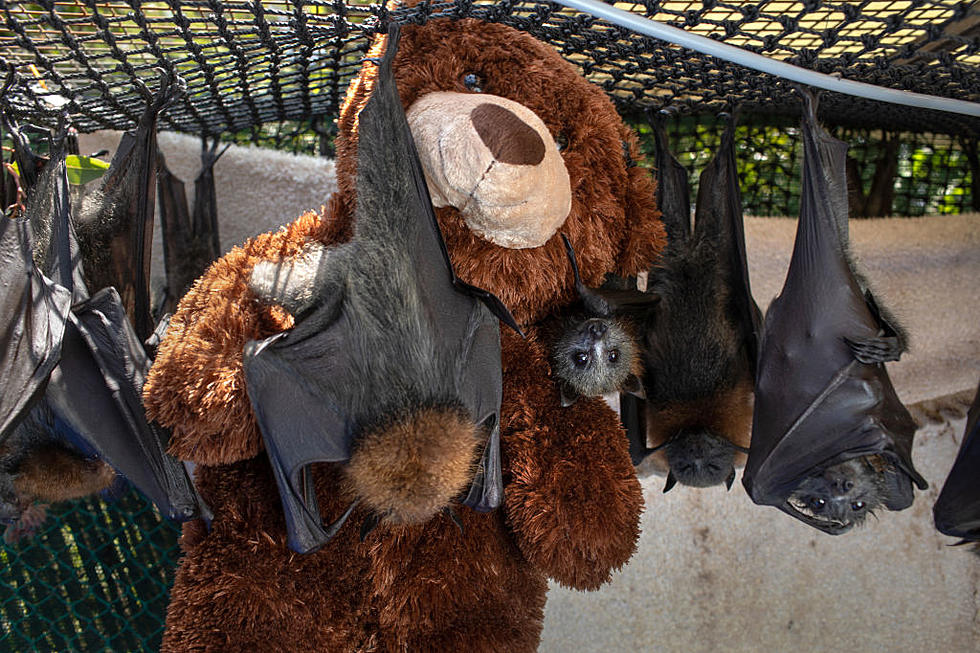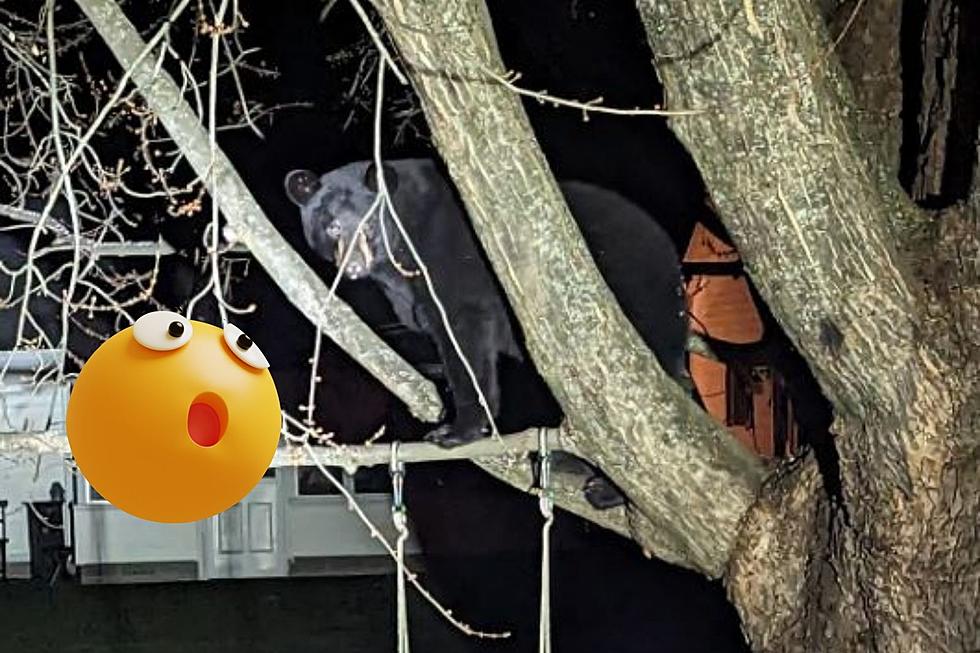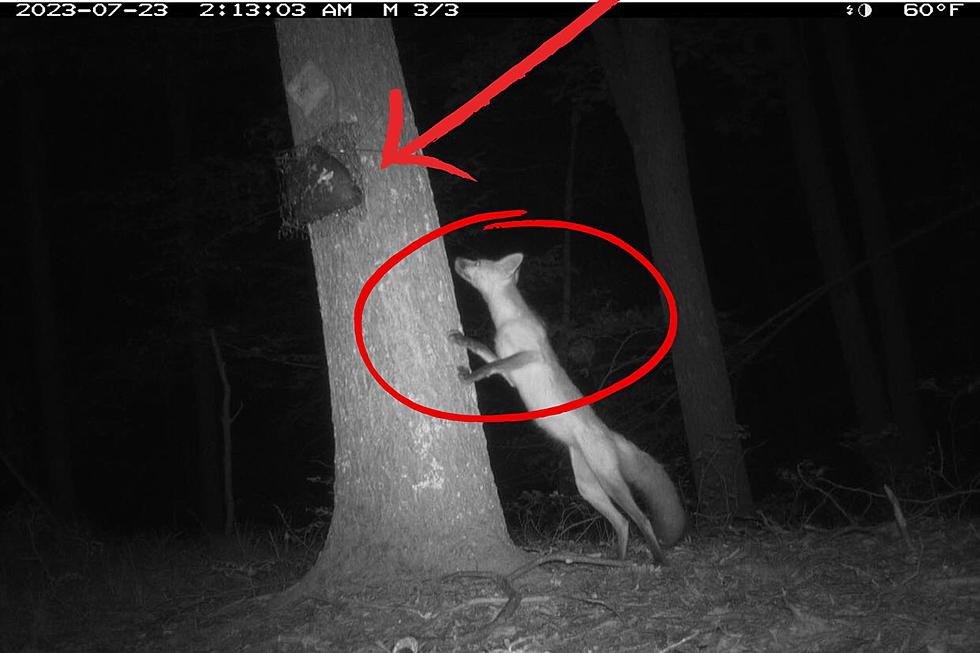
Don’t Blame the Bats
Right now some folks are giving Bats a bad wrap thanks to COVID 19 but the fact is they are an important part of our North East environment. Early this week the New York State Department of Environmental Conservation sent a press release explaining how bats play an important part in The Hudson Valley Ecosystem. They also want us to be aware that they should be coming out of their winter hibernation.
It also just happens that this Friday is International Bat Appreciation Day. Both the NYS DEC and the National Days Calendar explain how bats help us. They eat various insects, thousands in a 24 hour period. They are also the only mammal that can fly.
The National Days Calendar shared this about Bats
Fun Bat Facts:
- Some species of bats live up to 40 years.
- Bats can see in the dark and use their extreme sense of hearing.
- They also use echolocation to find food.
- A bat’s ability to fly makes them unique. In the mammal world, only bats are naturally capable of true and sustained flight.
- There are over 1,200 known species of bats.
- An estimated 48 species of bats make their home in the United States.
- Nearly 70% of bats are insectivores.
- As pollinators, bats, along with bees and butterflies, provide a vital link to our food supply.
- Bats grow in a variety of sizes. One of the largest bats is the Giant Golden-Crowned Flying Fox bat weighing up to 4 lbs with a wingspan of up to 5 feet, 7 inches.
- Bats are also clean animals, grooming themselves almost constantly.
- North America’s largest urban bat colony is found on the Congress Avenue Bridge in Austin, Texas. An estimated 1,500,000 Mexican Free-Tailed bats live there. This colony of bats eats approximately 10,000 to 30,000 lbs of insects each night. An estimated 100,000 tourists visit the bridge annually to watch the bats leave the roost at twilight.
- One colony of 150 Big Brown bats protects farmers from up to 33 million or more rootworms each summer.
- Almost 40% of American bat species are in severe decline, with some already listed as endangered or threatened.
- Three U.S. states have an official state bat. Texas and Oklahoma named the Mexican Free-Tailed bat their state bat, and Virginia dubbed the Virginia Big-Eared bat their state bat.
The first time I ever saw a bat up close I was about 11 and my family was living in Indonesia. We visited a community which care for injured Banana Bats. The were so big compared to the one I was use to seeing flying around my back yard.
Don't fear the bat. It is our bug eating friend.
Listen to the Wakin' Up With CJ and Jess Show weekday mornings from 6AM to 10AM through your Wolf mobile app. Connect with The Wolf on Facebook, Instagram and Twitter.
Read more:
BONUS VIDEO
More From WZAD-WCZX The Wolf









